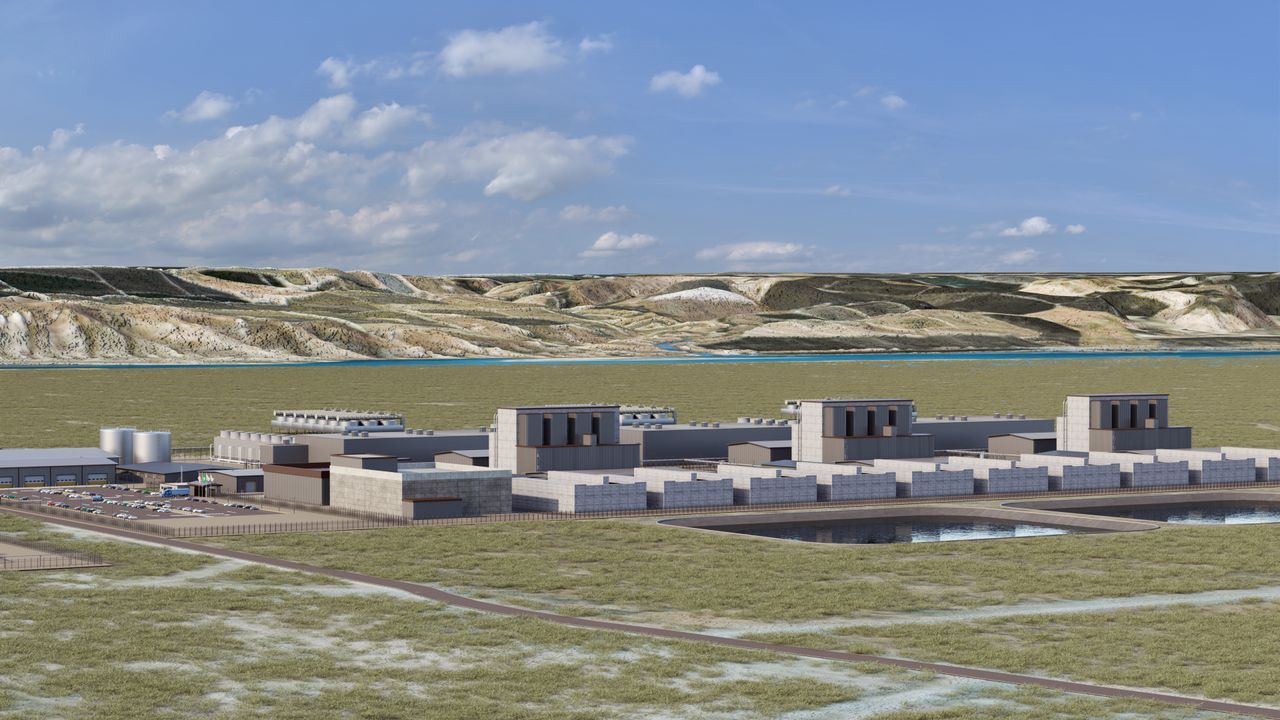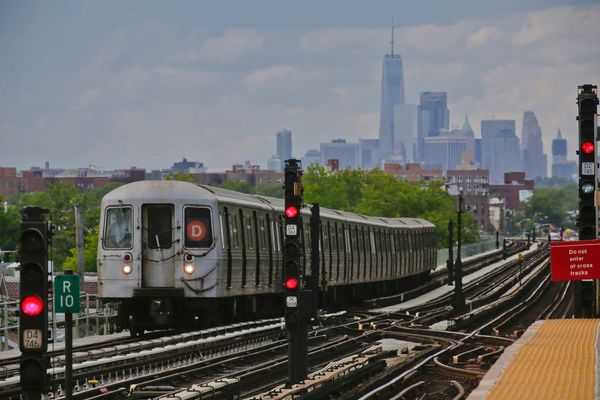
Amazon has revealed plans to help build one of the United States’ first modular nuclear power campuses in a move designed to supply carbon-free electricity for its growing AI and cloud workloads.
Announced on October 16, the new Cascade Advanced Energy Facility will be located in Richland, Washington, near the Columbia Generating Station. The site, developed with local utility Energy Northwest, is expected to enter construction by the end of the decade and begin generating power sometime in the 2030s, pending regulatory approval and financing.
The facility will use Xe-100 small modular reactors from X-energy, each rated at 80 megawatts. The initial phase will deploy four reactors for a combined 320 megawatts, with room to scale up to 12 units delivering 960 megawatts. Amazon says the project is part of its broader push to secure access to clean power for its AWS data centers and generative AI clusters, which are becoming major industrial-scale energy consumers.
While Amazon’s involvement makes this one of the most concrete SMR proposals yet tied to AI infrastructure, the project is still in early development. The Xe-100 reactor is undergoing pre-application review at the U.S. Nuclear Regulatory Commission, and no construction permits have yet been granted. Energy Northwest and X‑energy are expected to lead licensing and engineering for the Cascade project, and the partners have said they’re exploring federal support through the U.S. Department of Energy’s loan programs.
Last year, Amazon invested in X-energy through its Climate Pledge Fund and separately acquired a data center campus adjacent to a nuclear plant in Pennsylvania. But Cascade is the first time Amazon has publicly committed to helping bring new nuclear generation online—something no hyperscaler has yet achieved.
The project could be a litmus test for the future of SMRs. Advocates argue that advanced reactors like the Xe-100 can be built faster than traditional nuclear plants, with modular designs that better suit today’s distributed grid. But the 2023 collapse of NuScale’s Idaho SMR project — canceled after costs ballooned and subscribers dropped out — highlights significant risks.
Amazon hasn’t disclosed how much of Cascade’s output it plans to use, but U.S. data center power requirements could triple by 2030 and account for 9% of electricity demand by 2035, driven largely by generative AI and accelerated compute. Amazon appears to be betting that if it wants a guaranteed, zero-carbon supply for that future, it may need to build the grid itself.

Follow Tom's Hardware on Google News, or add us as a preferred source, to get our latest news, analysis, & reviews in your feeds.







